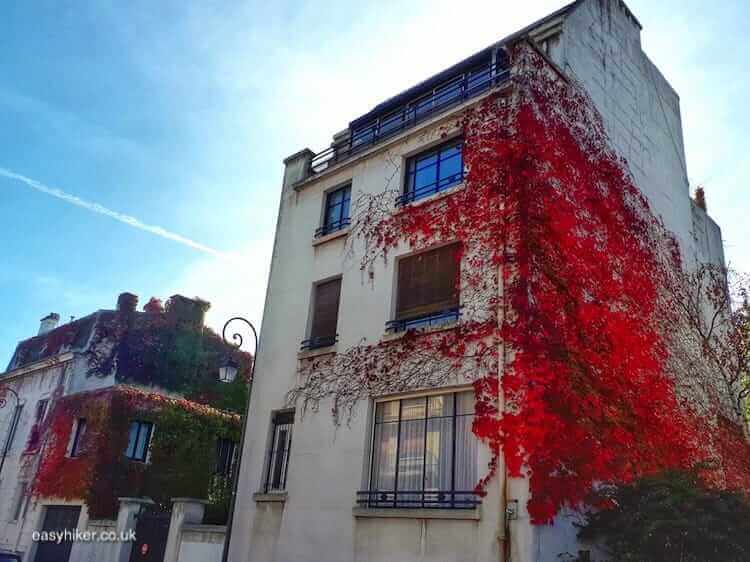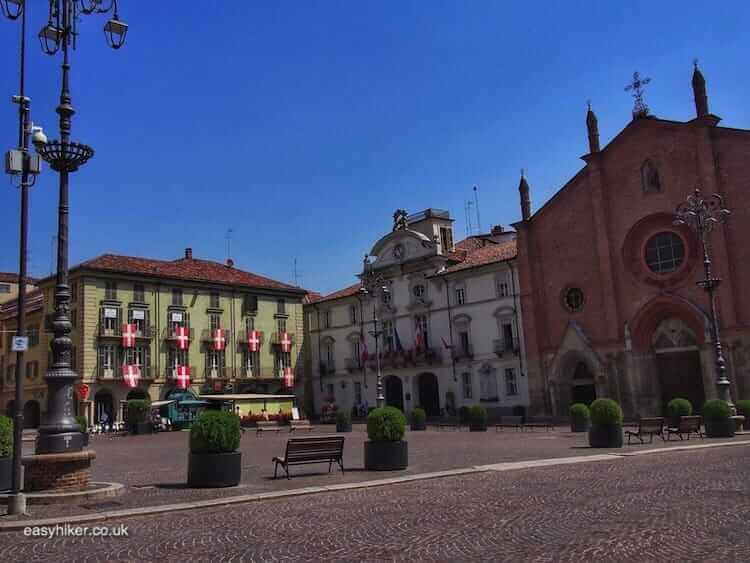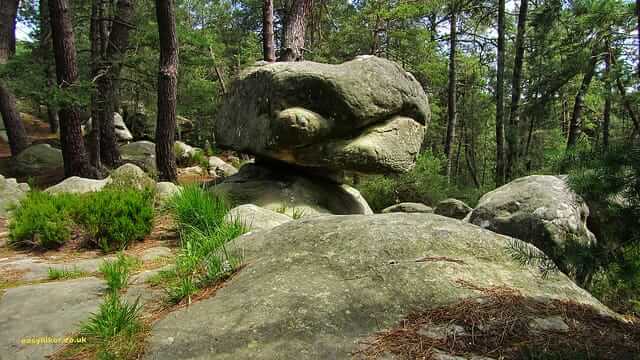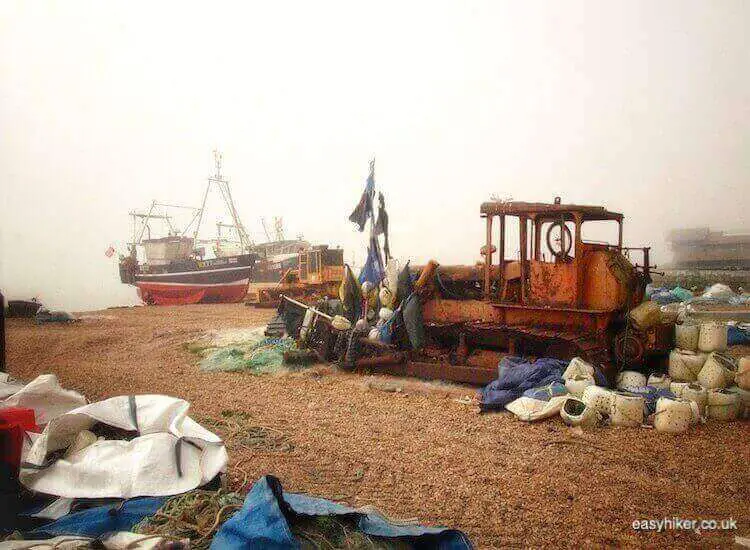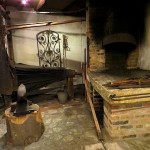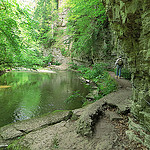Paris, as we have documented many times, has practically everything that makes a city worthwhile visiting: great art, great food, great history, even – believe it or not – great one-day hikes. More than enough of the latter, in fact, to fill nearly a whole website.
Considering all that, it feels almost rude to voice a minor grumble, but here it is: when it comes to architecture, there appears to be little variety on offer. Paris – at first glance – comes across as a 19th century city with a few older bits thrown in.
Look a little deeper, however, and you will find that modern architecture not only exists: in fact, there are entire streets that might serve as first-class museums for this kind of stuff. The catch is that you have to go a little further afield to find them, out into the much-dreaded suburbs.
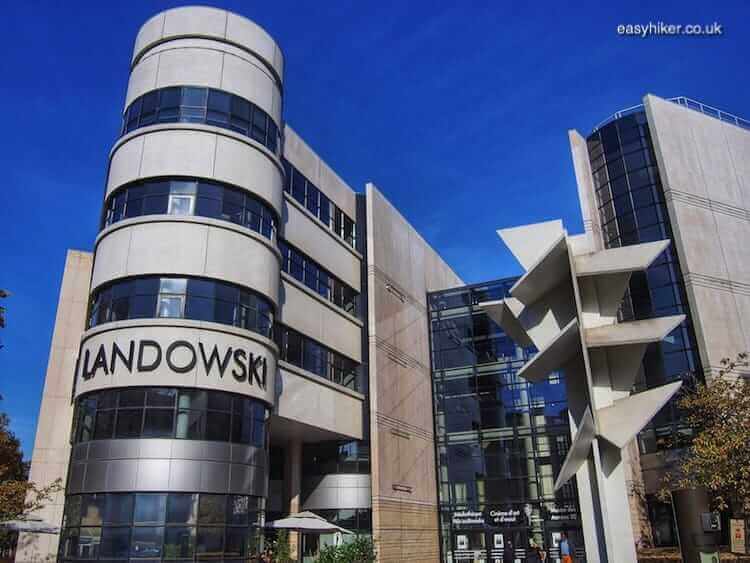
Having said that, things could be worse: we are heading to Boulogne-Billancourt, which is so close to Paris that you can reach it on the Metro rather than the RER city rail.
And even the most apprehensive foreign tourist can breathe easily: we are not visiting one of the cités where crime is rife but the wealthiest of all Parisian suburbs, the only one with a higher per capita income than Paris itself.
Finding Modernist Architecture in Paris
We start our walk to find modernist architecture in Paris at the Metro station Marcel Sembat (near the western end of line no. 9). On leaving the station, cross Boulevard Victor Hugo into Avenue André Morizet.
After one block or so, you will find the City Hall on your right …
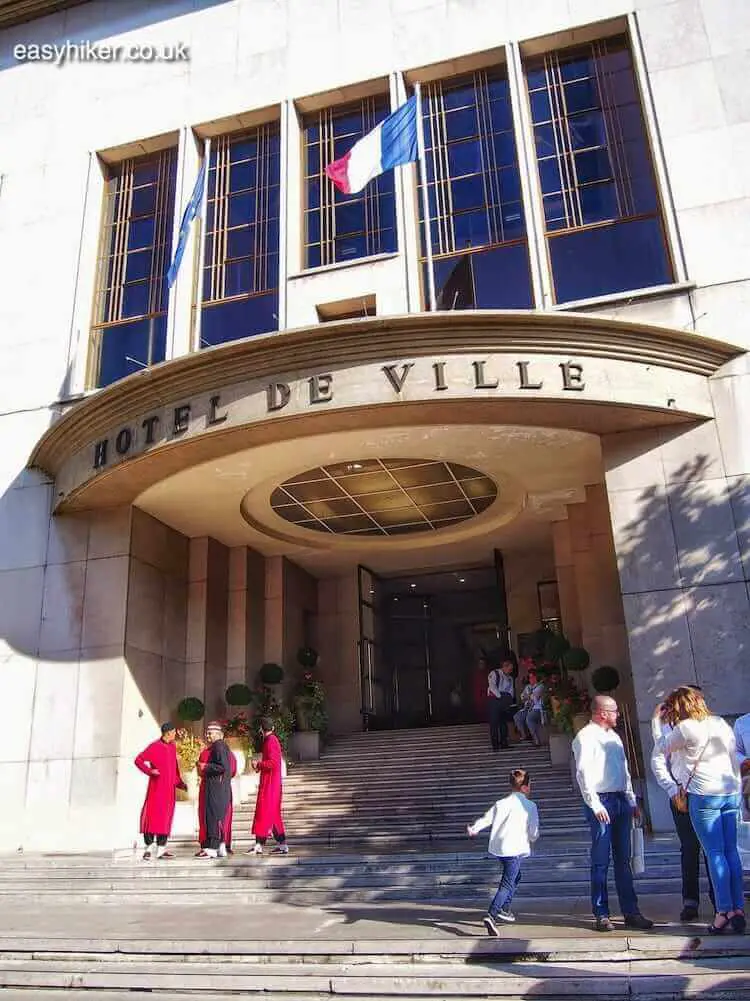
… and the Post Office on your left.
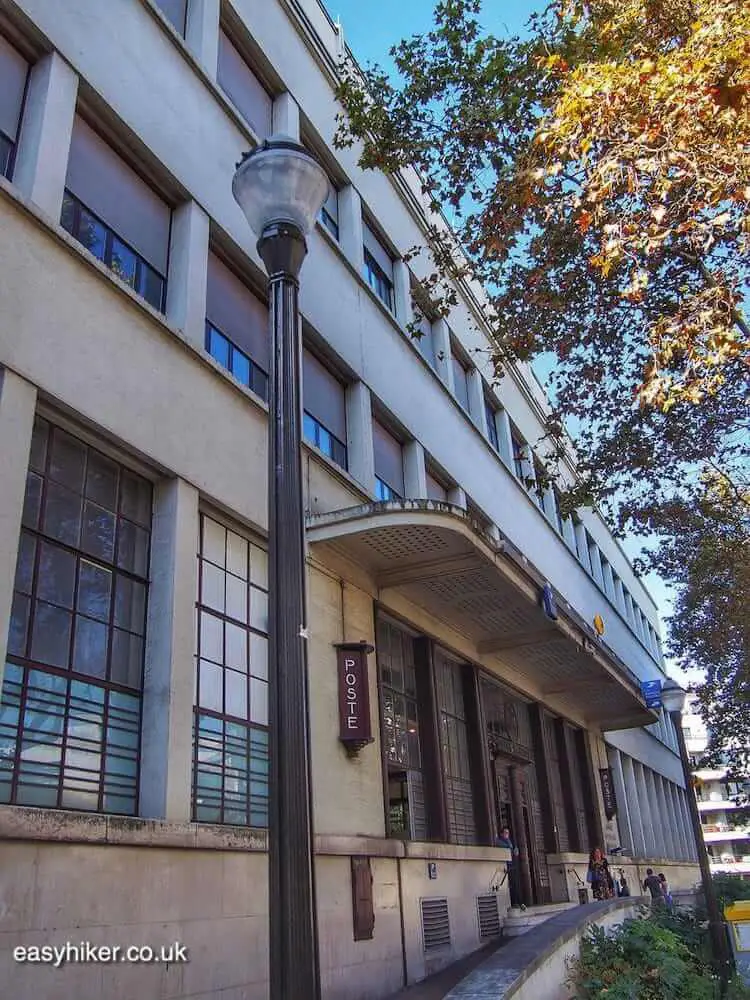
Complemented by surrounding urban fabric of the same or a slightly later period, these two 1930s buildings form the core for one of Europe’s most impressive clusters of modernist civic architecture.
Even the gardens in front of the City Hall echo the theme of rigorous rationalism, meant to inspire a new age of science, enlightenment and the brotherhood of man.
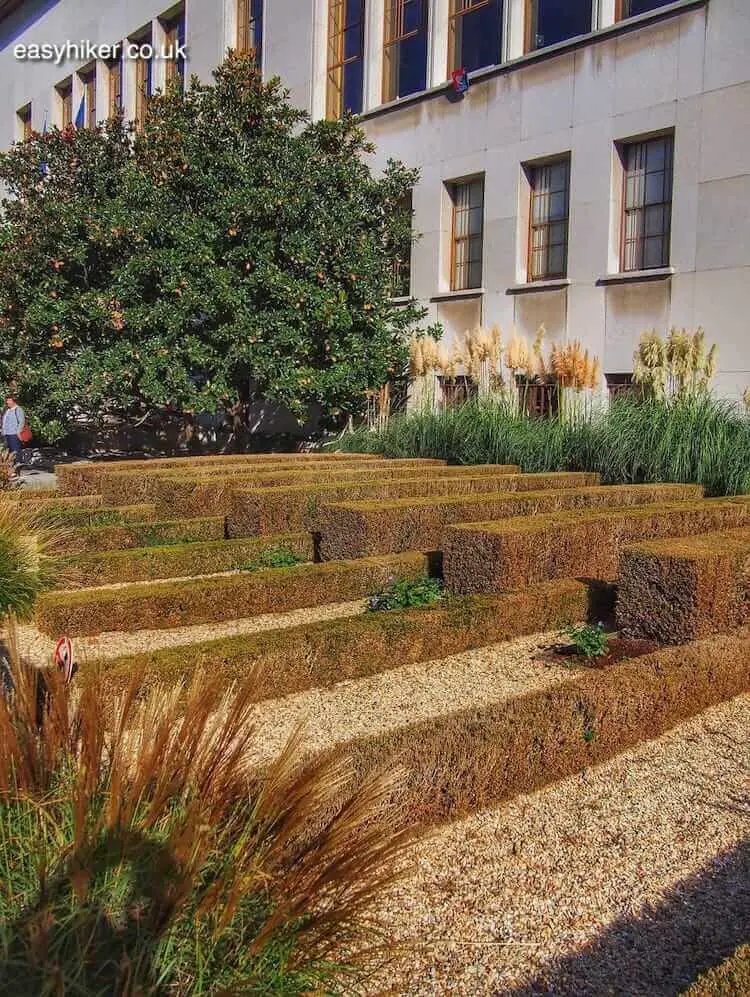
All of this was the brainchild of Boulogne’s left-wing mayor André Morizet who ruled the suburb benevolently, albeit with an iron hand from 1919 until his death in 1942.
Morizet was an interesting character: born in Reims as the scion of a family from the provincial grande bourgeoisie (the Morizets were related to the Champagne growers Piper-Heidsieck), he became a communist and one of the founding fathers of the newspaper L’Humanité.
The Morizet family has since completed the full circle: Andrés’s great-granddaughter, Nathalie Kosciusko-Morizet, is a leading light in France’s conservative party, the UPM.
Morizet’s objective was to turn Boulogne-Billancourt – the main base of the automotive manufacturer Renault – into a model town for working people, with clean, spacious flats and leisure facilities built around a modernist administrative centre.
To find similarly bold private buildings from the interwar period, we must move out of Boulogne-Billancourt’s town centre in the direction of the Bois de Boulogne, perhaps the wealthiest neighbourhood in all of France.
This was not Morizet’s natural constituency, but even here, his hand is still all over the urban fabric: by enforcing a generous permission policy, Morizet encouraged private developers to be audacious and thus ensured that the posh side streets of residential Boulogne became the world’s foremost experimental laboratory for modernist architects.
Turn right from Avenue Morizet into Rue Gallieni, then left into Avenue Victor Hugo and right into Route de la Reine. After approx. 200 metres, turn left into Route de la Tourelle and left again into Rue du Belvedère.
This small residential street neatly illustrates the wide range of styles modernist architecture in Paris: from the vernacular (the five homes on nos. 6 to 12, built by Jean Hillard) …
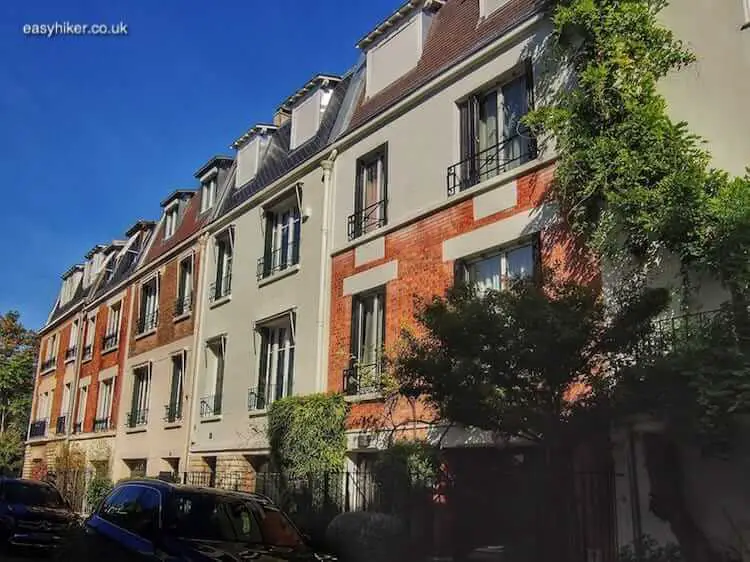
… via the elegant and sumptuous style of Art Deco (no. 21, designed by the three Perret brothers; Auguste Perret was a teacher of the young Le Corbusier) …
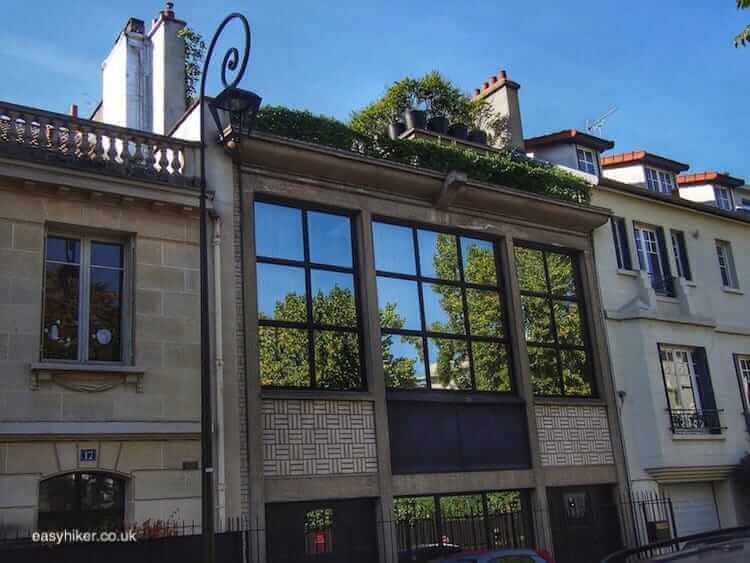
… to the steel-and-glass modernity of André Lurcat’s home-atelier for the sculptress Froriep de Salis (1927, no. 9).
The Bugatti parked in front of the building neatly illustrates one of the dilemmas of the concept of modernity: car and building are more or less the same vintage and would both have looked breathtakingly “modern” at the time, but they did not quite age in the same way.
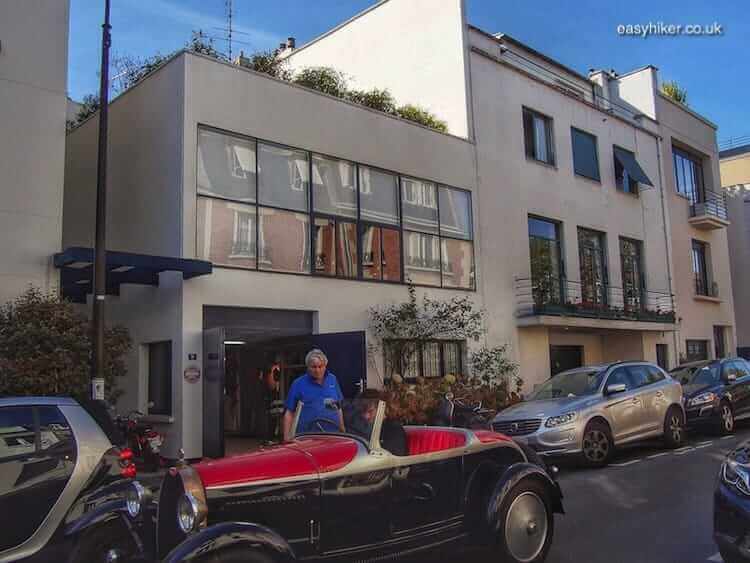
At the end of the street, turn left into Rue de Pavillon and right into Avenue Robert Schumann, which is lined by grand residences such as the former home of Jacques-Emile Ruhlmann, the grand master of the Art Deco (no. 24), …
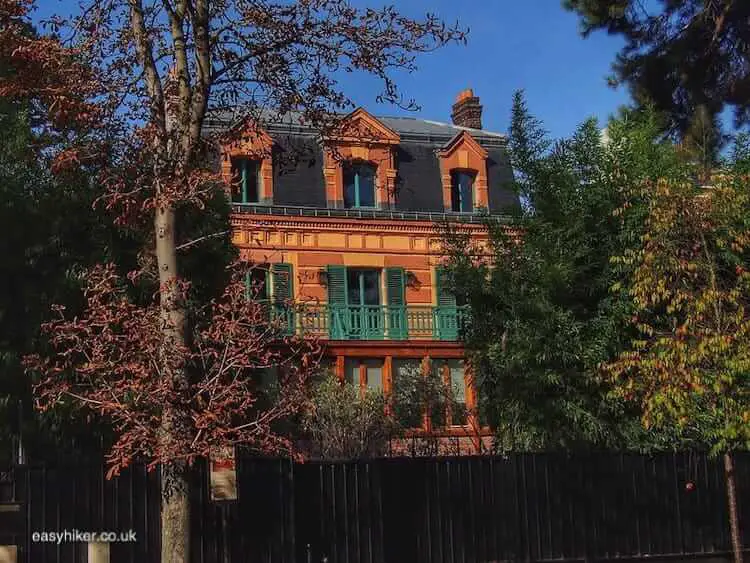
… and the house of André Malraux (best-selling novelist, left-wing anti-colonialist and anti-fascist fighter who finished his career as de Gaulle’s right-wing Minister of Culture), built in 1928 by Jean-Leon Courrèges (father of the famous 1960s designer André, the “Le Corbusier of Fashion“).
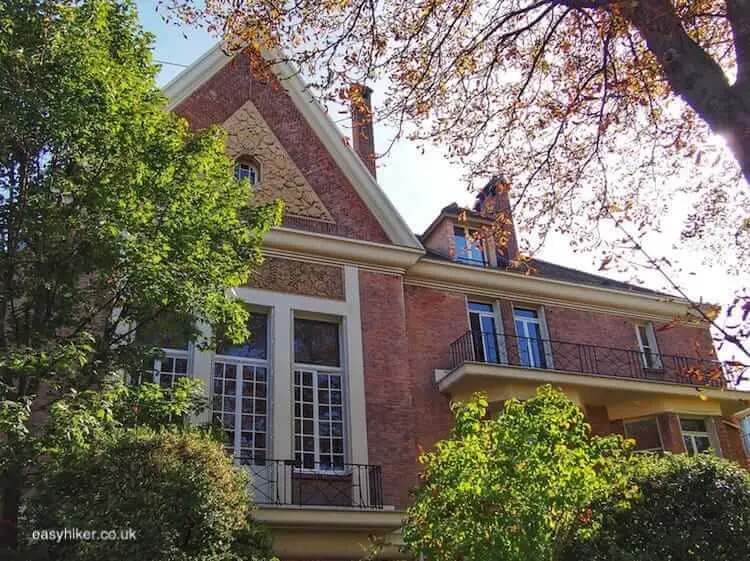
All of this serves as a timely reminder that not every high-quality, showpiece building in the 1920s was made from glass and steel.
For the more revolutionary stuff, we have to move – ironically – closer to the heart of “Plutocrats’ Paris”. Turn right into Rue Marcel Loyau, and at the Place de l’Europe, left into Rue Nungesser et Coli. where, at no. 24, we find one of Le Corbusier’s main works.
The master of modernism liked the building so much that he kept the top floor for himself, as his Parisian flat and atelier.
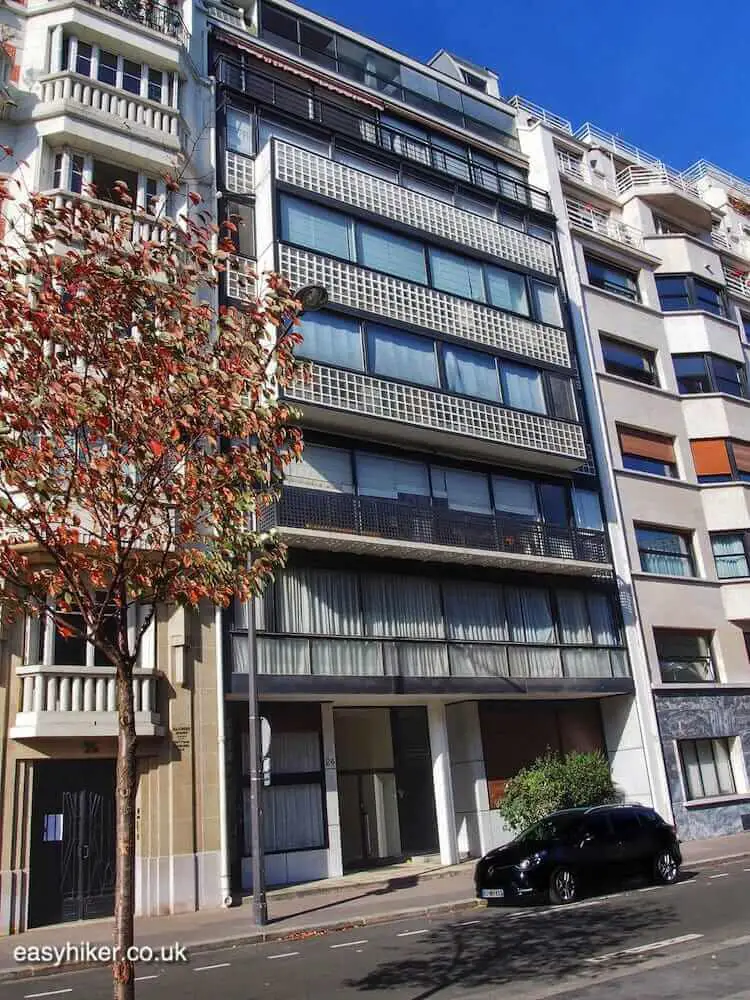
(Or maybe he just wanted to be close to the Parc des Princes stadium on your right hand side. In 1934, two top division football clubs played here regularly. The stadium was also the place where the Tour de France was finished every year until 1967.)
Turn left into Rue Joseph Bernard and continue across Avenue Schumann into Rue Gutenberg before turning right into Rue Denfert-Rochereau. This street is the highlight of the walk.
First, turn your attention to No. 5 on your left hand side, the steamship-inspired architecure of Georges-Henri Pingusson (1935).
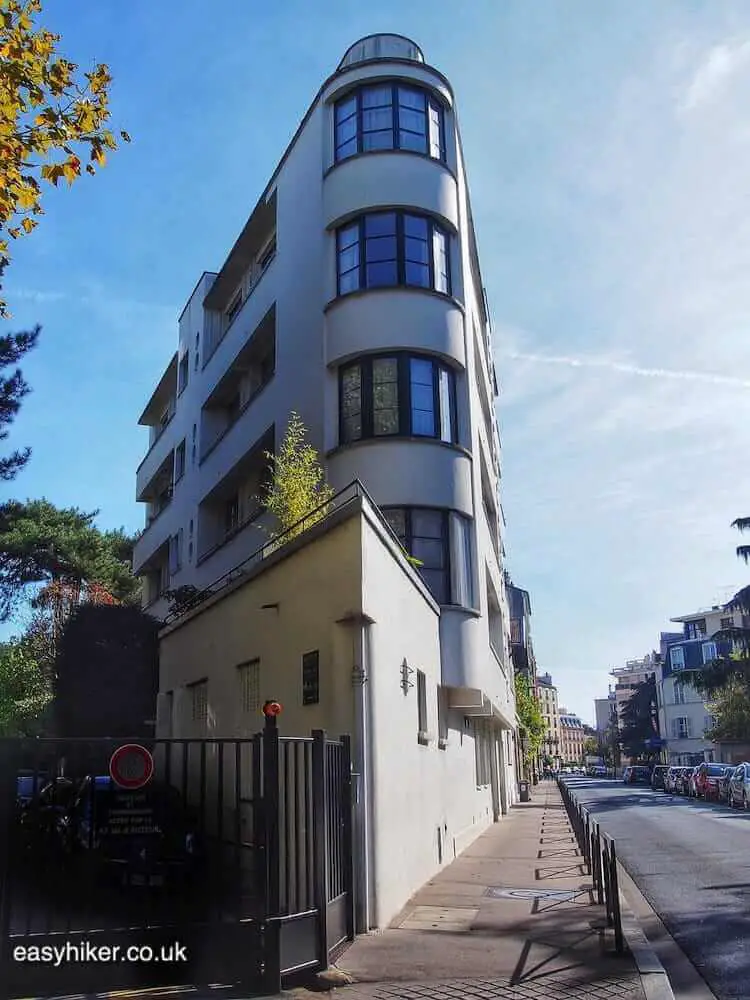
But it is the opposite side of the street where most of the architectural action takes place. In fact, the street front feels very much like a wall in a museum of modernism: on no. 8, there is Robert Mallet-Stevens’s Villa Collinet …
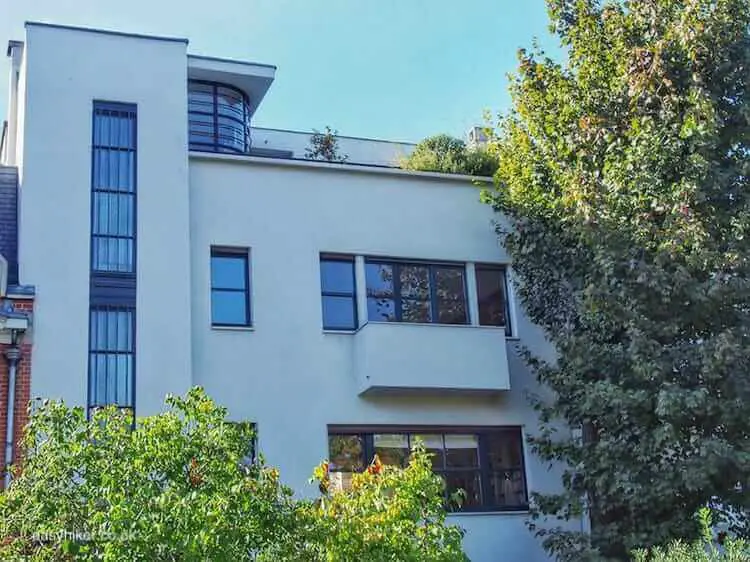
… followed by another Le Corbusier (no. 6, on the left of the picture below) and one by Raymond Fischer next door (no. 4 on the right).
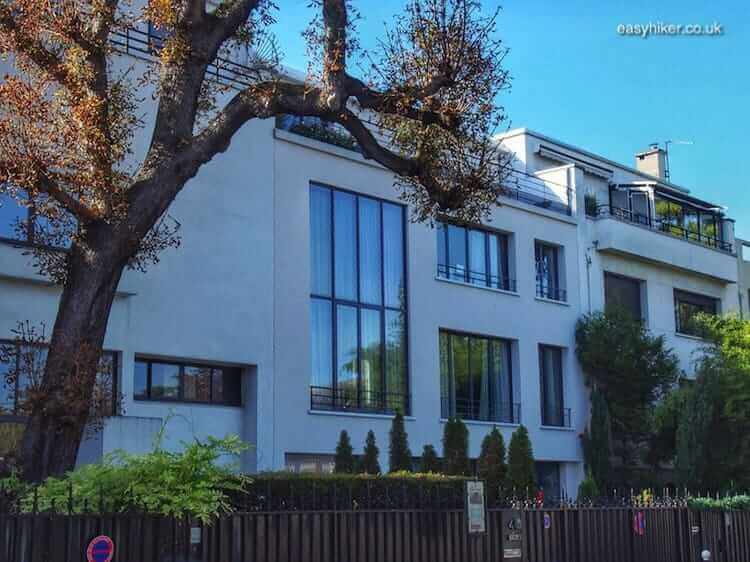
For a full list of Boulogne-Billancourt’s architectural treasures and more information, go to the website of the municipality to download the excellent brochure Le Parcours des Annees 30 on which this walk has been based.
The brochure specifies nearly 30 sites of historical interest as to the modernist architecture in Paris – and you will find many other intriguing or visually attractive spots and motives on your walk through the leafy streets of the suburb. There is a lot to discover in Boulogne-Billancourt.
